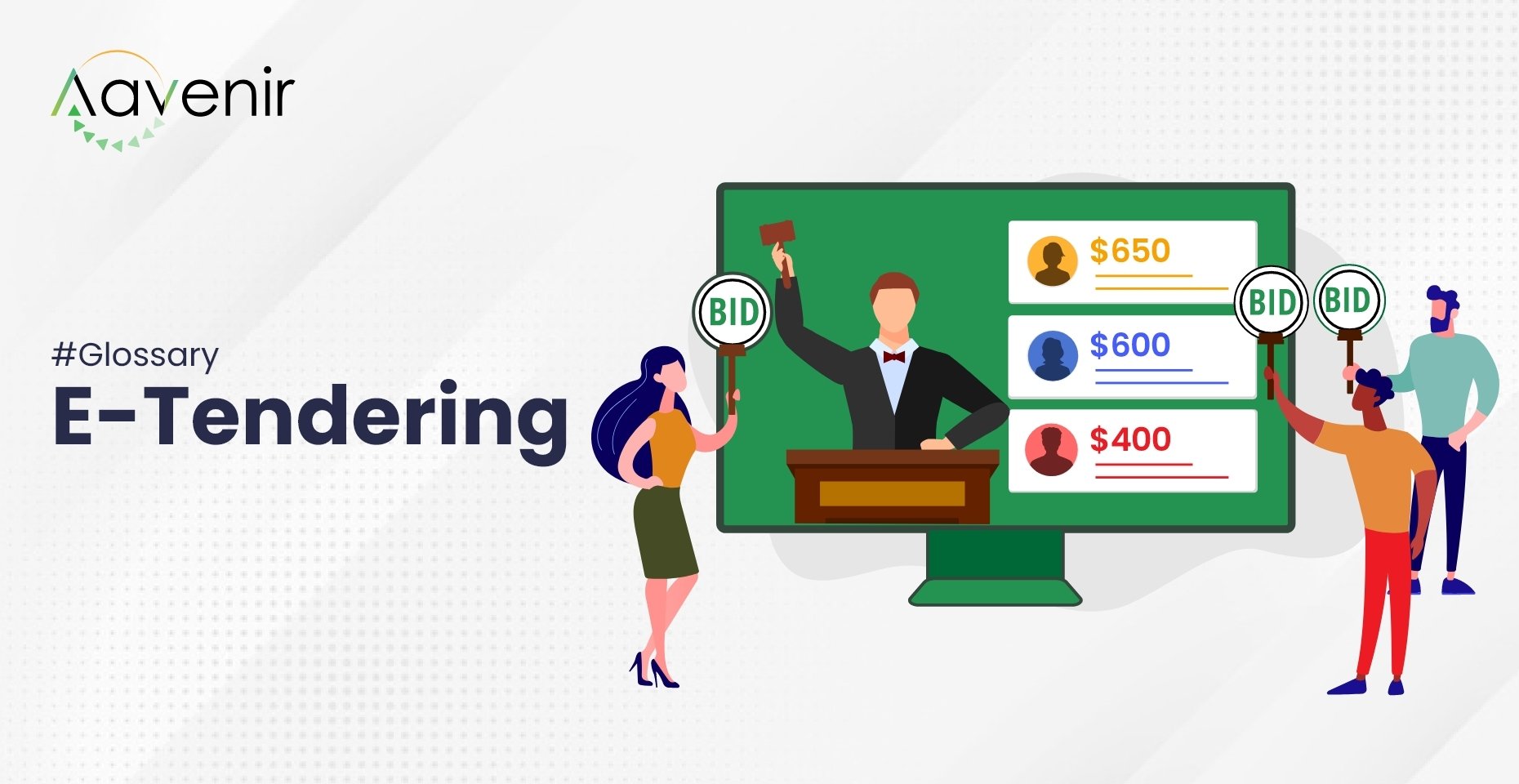What is E-Tendering?- Definition
At its simplest, electronic tendering (“e-Tendering”) is a process for sending and receiving tenders by electronic means, rather than the old paper based method. Instead of inserting documents into an envelope and posting them, we – and you – will now exchange them securely via the Internet.

Understanding E-Tendering
At its core, e-Tendering is part of the process of conducting procurement online, primarily to facilitate a more efficient way of sourcing suppliers. None of the software used in the process resides on the computers of either procurer or supplier, while all exchanges of documentation are done via the internet, from the advertising of the requirement to the placing of the contract.
Through this entirely digital framework, it automates the process of managing tenders, allowing for smoother, more controlled procurement that lets the procurer manage and evaluate bids with ease.
Benefits of E-Tendering
E-tendering is useful because it guides you through a very structured process. Unlike traditional tendering processes, e-tendering takes you step by step through the tender and sometimes requires you to complete one part before you can progress to the next. Even if that is not the case, the e-tender system will be divided into discrete sections and will usually have very prescriptive questions, making it easier to provide the buyer with the information they require.
For that reason, e-tendering goes some way to levelling the playing field. With a conventional tender, factors such as design flair and addressing criteria beyond what has been requested may unduly impact on the outcome. With an e-tender, everyone is answering the same questions and often within a set word limit, so it should be much easier for the evaluator to reach an objective decision.
E-tenders very often include fool-proofing mechanisms. For example, most major portals prevent bidders from submitting an e-tender unless they have completed all the mandatory sections or, at the very least, provide a warning that sections are incomplete or that documents have not been attached. This means it is almost impossible to submit a non-compliant bid in terms of non-completion of mandatory questions.
Using an e-tendering portal (e-portal) also means that it is much easier to pick up where you left off. Many major e-tendering portals even provide a progress bar and percentage, telling you much you have completed and how much of your bid is outstanding, which is handy for project management and keeping your tender on track.
Disadvantages of E-Tendering
The downside of this type of tendering is that there can be a lot of questions. It can seem like a marathon, and often the questions do not seem to link through to one another. When writing a proposal, you can think about telling a cohesive story throughout the course of your submission, but e-tenders with highly prescriptive evaluation criteria and pre-defined, word-limited questions make that challenging.
A further downside of e-tendering could be that its highly prescriptive structure does not always leave as much room for innovation. It can be done, but you need to present innovations within the context of the questions being asked. Nonetheless, it is much harder as generally you are not permitted to draw on design, individuality or many supporting documents.
Whatever you do when you are completing a tender opportunity via an e-tendering system, save your work regularly and leave yourself plenty of time. The e-portals can become slow and unresponsive when a lot of bidders are accessing the site. Typically, this happens close to the submission deadline, particularly for major tenders with many interested parties, so try to log on and submit your e-tender much earlier.
Explore Additional Resources to Know More

On-Demand Webinar
How sourcing, procurement and vendor management leaders can rapidly and effectively collect vendor responses using RFPflow?

Blog
Will the future of procurement focus on source-to-pay cross-department workflows and automation to drive a significant impact the way S2P is executed?

Blog
Strategic Sourcing is beyond just procurement and generally responsible for the management of suppliers at the macro level.


